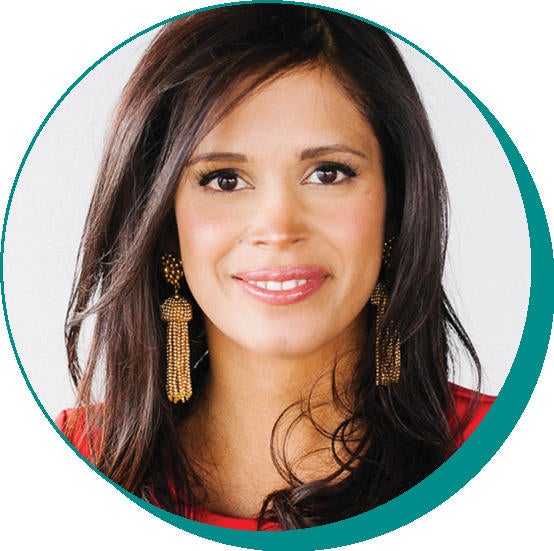For Lee Mayer, who co-founded Denver-based e-design platform Havenly with her sister Emily Motayed in 2014, operating her startup far from Silicon Valley has offered her a different perspective. Instead of falling prey to groupthink, the self-described contrarian made a marketing move that was nearly unheard of at the time: not spending a dime on new customer acquisition.
After our series A round in early 2016, I realized a couple things. First, we were pushing customers into a product that wasn’t ready for prime time. We knew this based on referral rates, and because the percentage of customers buying from their design—the ultimate arbiter of whether or not they were happy—wasn’t where we wanted it to be. Second, I realized that if we were to double our spending on ads, we wouldn’t necessarily double our customers—a money-losing proposition.


BOH subscribers and BOH Insiders.










































